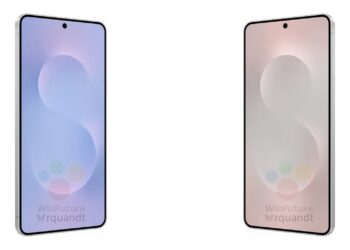In a recent discussion on the development of guide dogs and their robotic counterparts, expert He Zhirun addressed the challenges that still lie ahead before robotic guide dogs become a part of daily life.
As the population of visually impaired individuals continues to grow, the need for advanced assistance technology has become more pressing. The idea of a robotic guide dog, capable of navigating urban environments and ensuring the safety of its user, has garnered interest from both the public and tech developers alike.
However, despite significant advancements in artificial intelligence and robotics, He Zhirun pointed out several technical hurdles that must be overcome. These challenges include developing machines that can effectively interpret complex environments, recognize obstacles, and respond to unpredictable situations in real time—capabilities that are second nature to trained guide dogs.
He emphasized that while current prototypes show promise, achieving a level of reliability and safety comparable to that of a biological guide dog requires further research and innovation. The complexity of human-animal interaction is another facet that must be addressed. Ensuring that these robotic companions can effectively communicate and bond with their users is crucial for user acceptance and comfort.
As researchers continue to refine the technology, the timeline for the integration of robotic guide dogs into everyday life remains uncertain. The journey toward making this vision a reality will demand collaboration between engineers, designers, and the visually impaired community to create solutions that truly enhance the quality of life.
The hope is that, with ongoing efforts, robotic guide dogs could one day serve as dependable allies for those who require assistance navigating the world around them.






